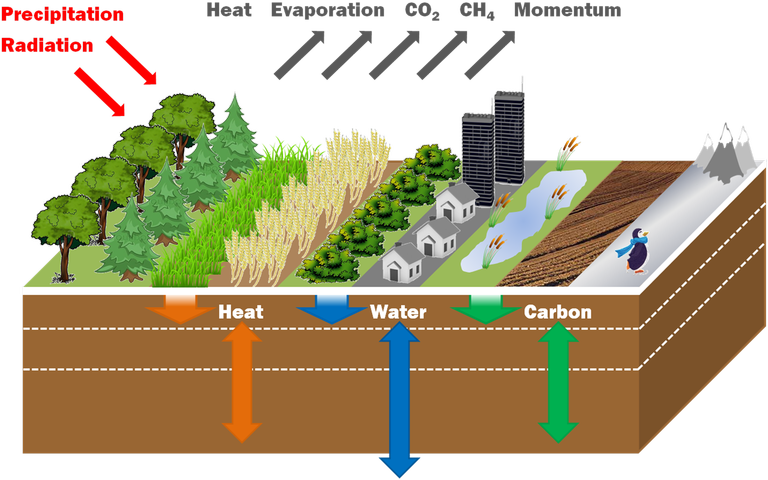The most complete model description of JULES is still the one in Best et al. (2011) and Clark et al. (2011) :
- Best et al. (2011): The Joint UK Land Environment Simulator (JULES), model description – Part 1: Energy and water fluxes. Geosci. Model Dev. 4:677–699.
- Clark et al. (2011): The Joint UK Land Environment Simulator (JULES), model description – Part 2: Carbon fluxes and vegetation dynamics. Geosci. Model Dev. 4:701–722.
(between them, these papers superseded the older Best 2009 (still uploaded on the TRAC) and the earlier MOSES/TRIFFID documentation here). However, note that these 2011 papers both relate to JULESvn2.2 (2010): for developments since then please see the release notes on JULES TRAC and/or more recent papers on Publications.
